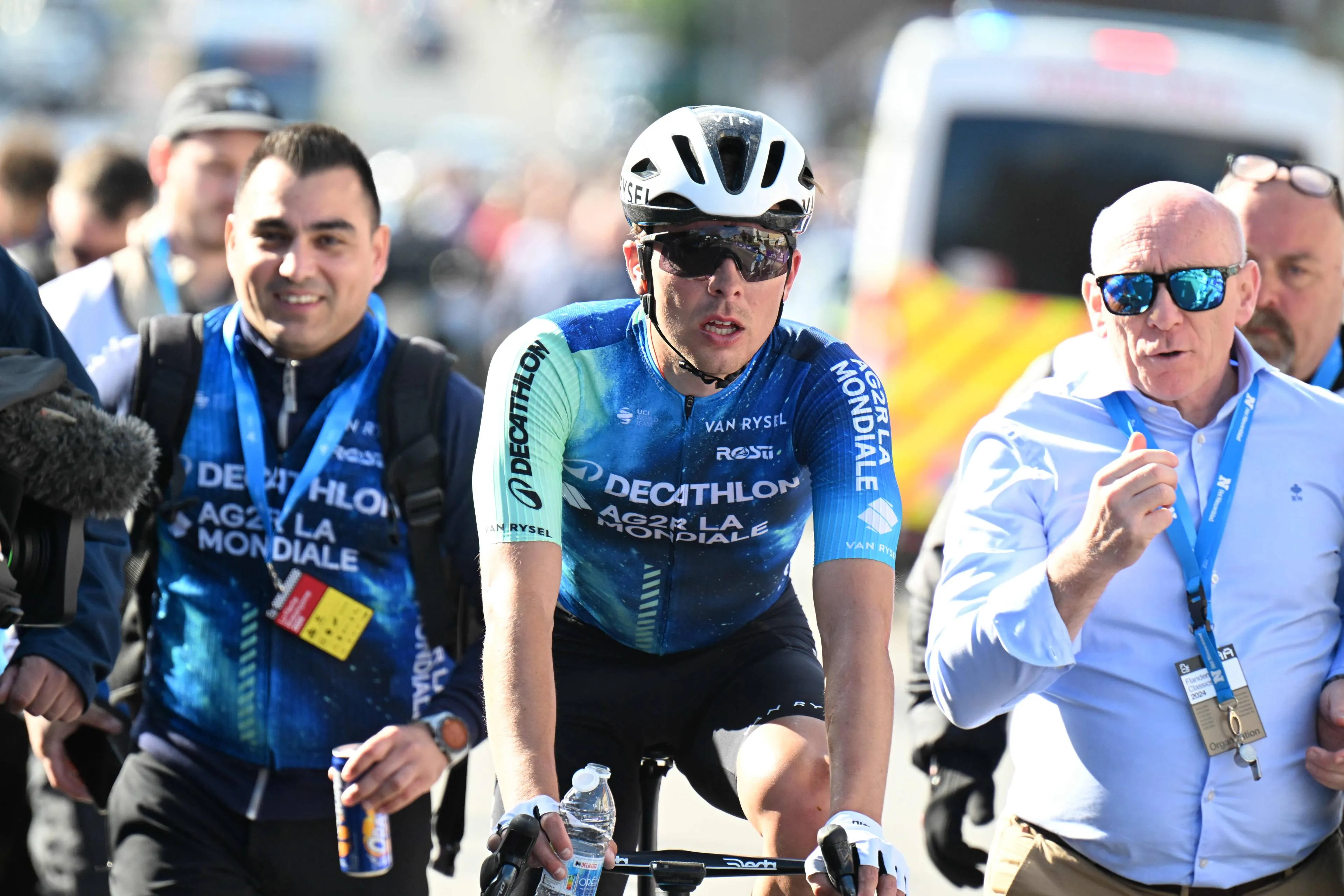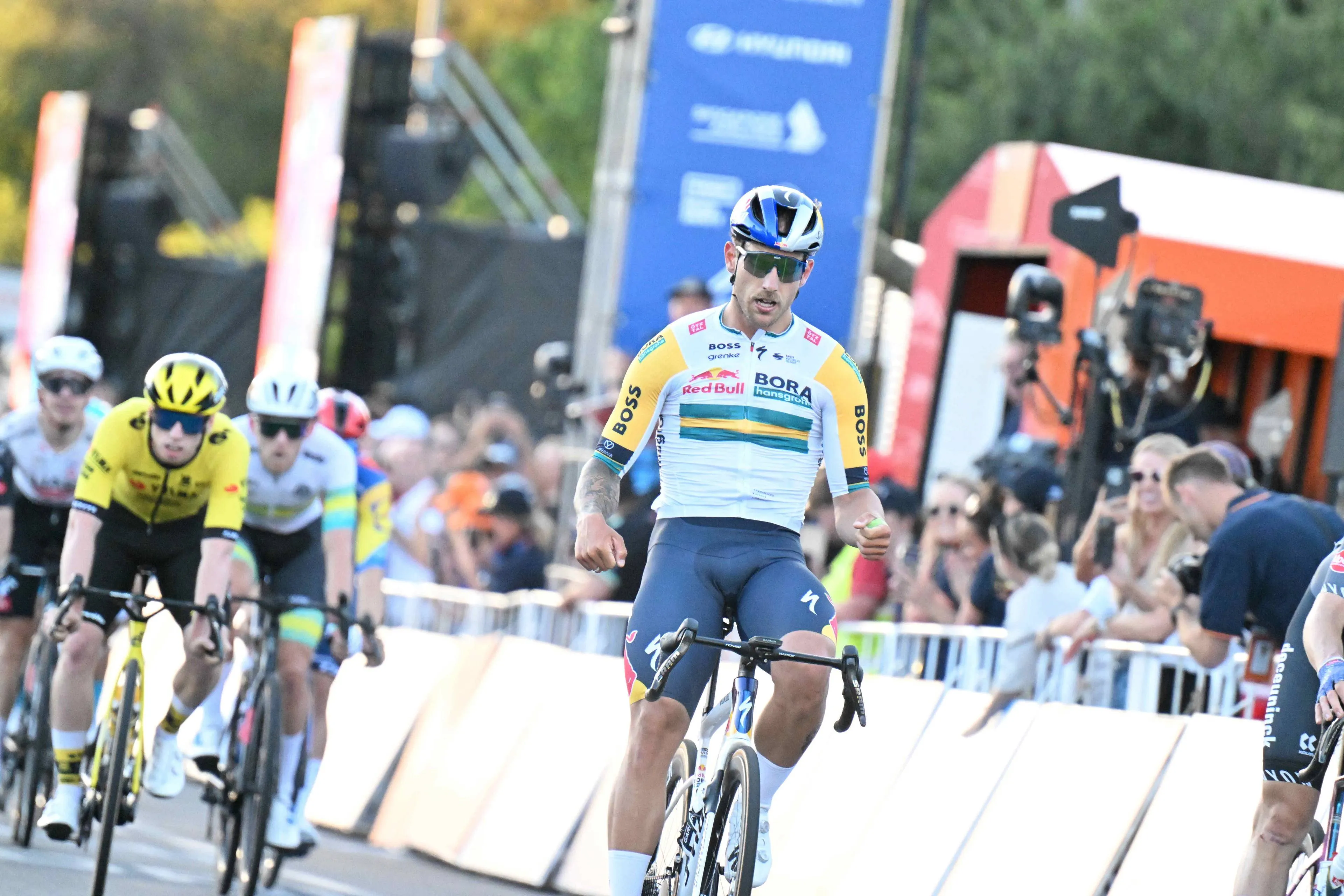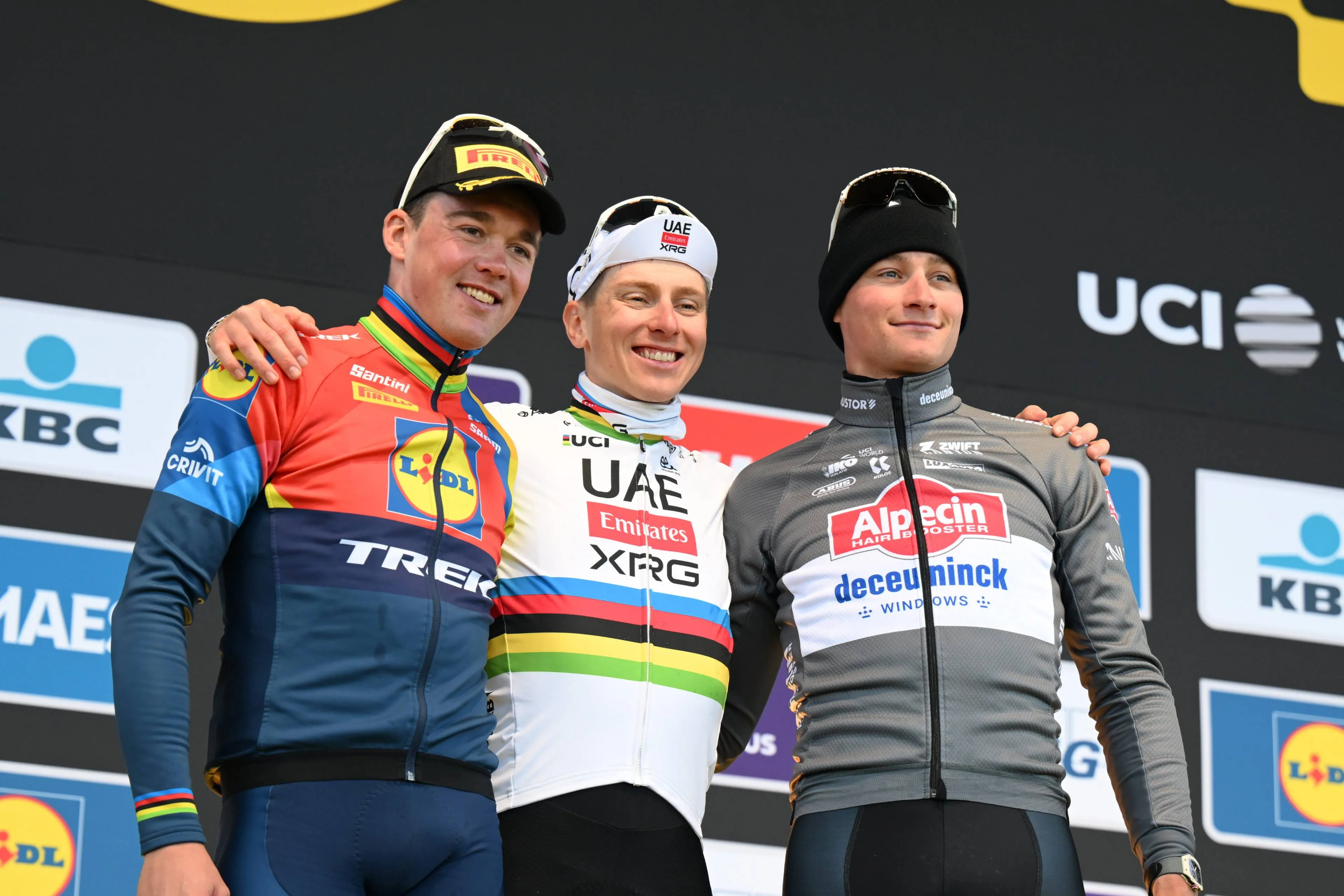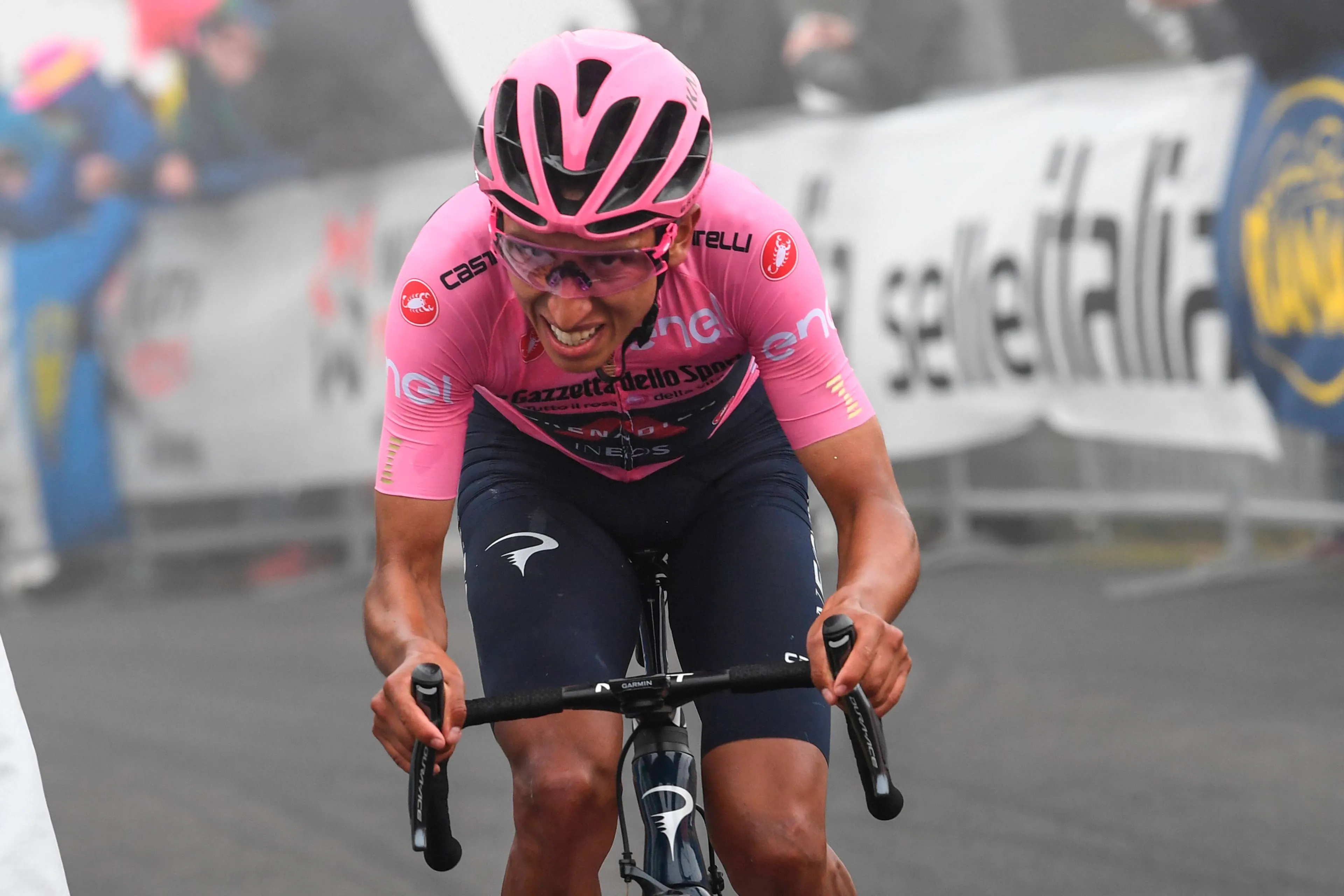"I’ve seen it happen 15 times in Roubaix and no one ever benefited from it" - Tom Boonen argues against habit Mathieu van der Poel has shown in the past
CyclingSaturday, 12 April 2025 at 05:18
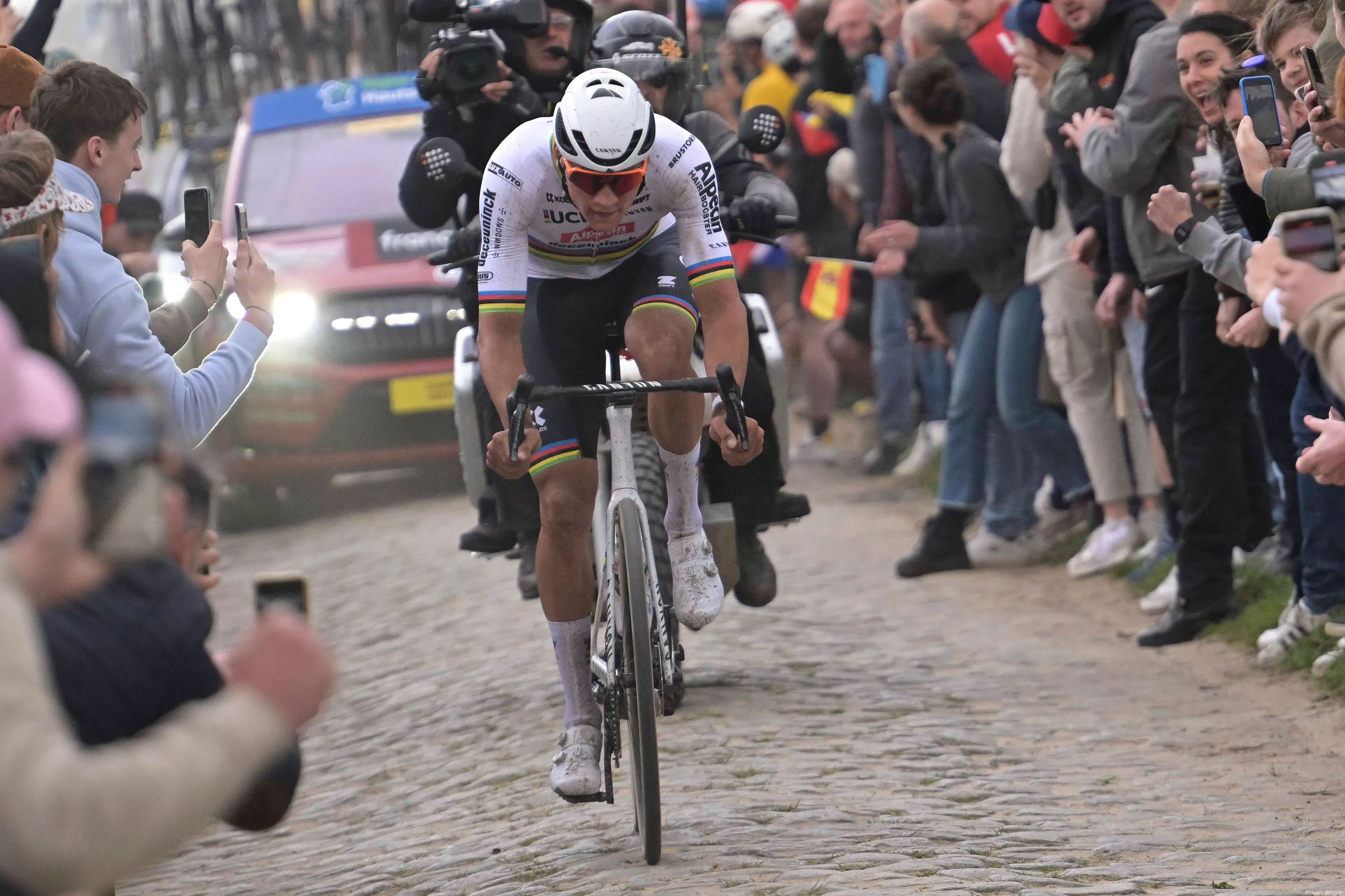
Paris-Roubaix is a race of two halves - one in which the roads are completely flat for two hours, and then between three or four hours in and inbetween the 30 cobbled sectors. For the cobblestones, riders often have bikes with specialized material to handle the cobbles, but this can cost a lot of speed over the two opening hours of the race. However, Tom Boonen believes this is part of the race.
“I’ve seen it happen 15 times in Roubaix and no one ever benefited from it. Riders who try that all think they’ll save energy in the first 100 kilometers by riding a faster-rolling bike," Boonen said in the Wielerclub Wattage.
He has seen Mathieu van der Poel do it, but the Belgian - a four-time winner of the Hell of the North - believes that doing so is not beneficial to the riders. Not because it doesn't bring benefit, but because Roubaix is often a roller-coaster and doing this can be a big risk in a race that is often non-stop from start to finish.
Read also
“You don’t want to switch bikes too early, because you want to benefit from that faster-rolling bike for as long as possible. But you also don’t want to switch too late, because then you’ll never make it back to the front in time for the first cobblestone section. So much stress just to save 15 watts," he points out.
In recent years specially, after Matthew Hayman's shocking 2016 victory, most teams in the peloton are ultra-focused in getting riders in the day's breakaway to have cards to play later on, avoid battles for positioning and they themselves can get the chance of fighting for a strong result at the finish. This means that in some years, the riders enter the cobblestones without having much of an easy ride beforehand.
And if someone adopts this strategy of switching bikes, they will be vulnerable to potential collective attacks. “The rivals will be watching when Van der Poel makes his bike switch. They’ll keep the race moving and make sure Van der Poel suffers to get back".
Read also
claps 9visitors 9
Just in
Popular news
Latest comments
- They are spending money like water for the wrong riders. No Ayuso or Remco but Haig, Kevin and Onley.abstractengineer17-12-2025
- Oh dear.leodis17-12-2025
- Ah pundits….those who cannot do, fill air time and column inches criticizing those who can… Eddy Merckx wins all the races…cycling is boring and sucks nowCrashjames17-12-2025
- Boring to see a generational talent in your own life time? We should all feel privileged to see it. I certainly do. I feel the same when I see other once in a life time amazing guys in other fields rewriting the record books: Magnus Carlsen in chess and Shoei Ohtani in baseball. And the way they carry themselves.. humble and respected by their peers adds to their appeal.Santiago17-12-2025
- As a current or ex crosser, you should be asking yourself 'what is VDP doing that I'm not', instead of bellyaching that he's winning everything. It's not boring for me to watch an athlete, at the pinnacle of their career, absolutely pulverised the opposition. Whether it be Tiger Woods, Usain Bolt, Roger Federer or indeed our own Tadej Pogacar. Are cyclists really such a bitter breed that we see excellence as boring? Personally, I'm in absolute awe. Here's a question for Mr Wellens, how long will it take before Thibaut Nys becomes boring, after VDP has hung up his wheels?Pogthegoat17-12-2025
- Monotonous? Boring? Pundit? WTF?MajorPayne17-12-2025
- What a backwards step for this team. First the signing of Ayuso and now every chance of Derek Gee.whit2pet17-12-2025
- and also let’s hope he doesn’t have a wife that goes off on the team and riders.mij17-12-2025
- with all due respect to Welsford, what has he won to deserve the title “ace”. he is there in many sprints, but other than some nationals and maybe a 3rd tier race, he isn’t exactly a feared sprinter in the peloton. of course with the right team he could become a winner, but is Ineos the right team? Unlike a Quick-Step, Ineos is not exactly sprinter friendly. they don’t have a track record of developing winners at sprinting.mij17-12-2025
- Let's hope that he doesn't throw his tantrums on his teammates at Visma.
 KerisVroom17-12-2025
KerisVroom17-12-2025
Loading
Write a comment





